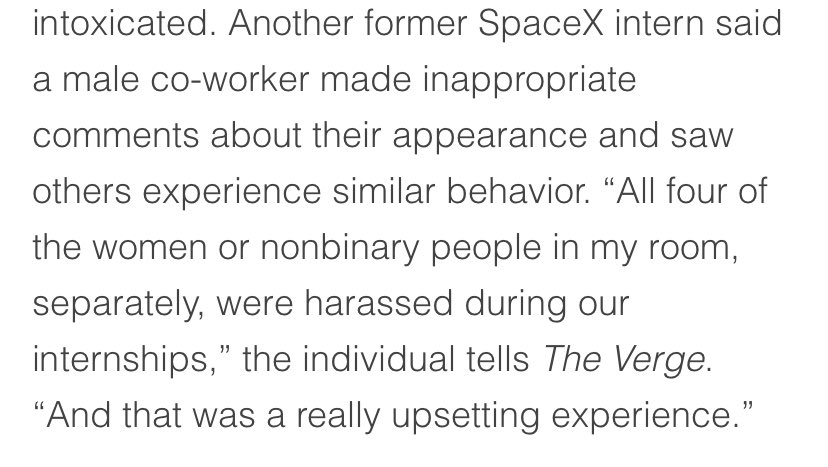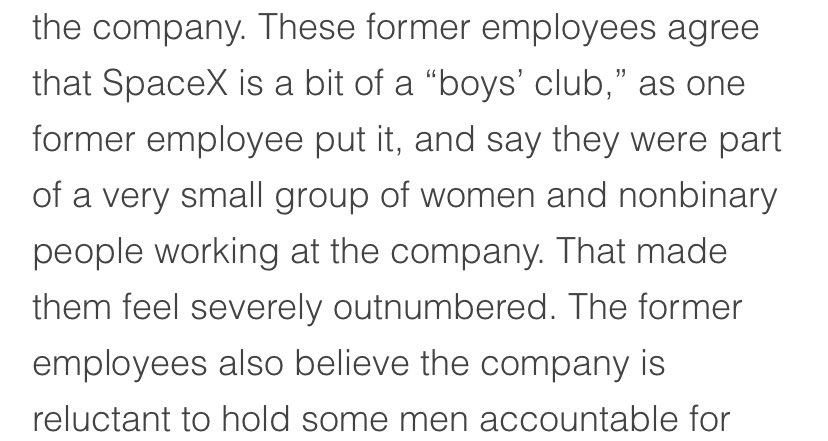
I've been getting a lot of questions about the aerodynamic skirt and grids on the Boeing Starliner OFT-2 configuration
I wanted to take some time and look into it, but after doing some digging I feel like I have a much better idea of what's going on
THREAD...
I wanted to take some time and look into it, but after doing some digging I feel like I have a much better idea of what's going on
THREAD...
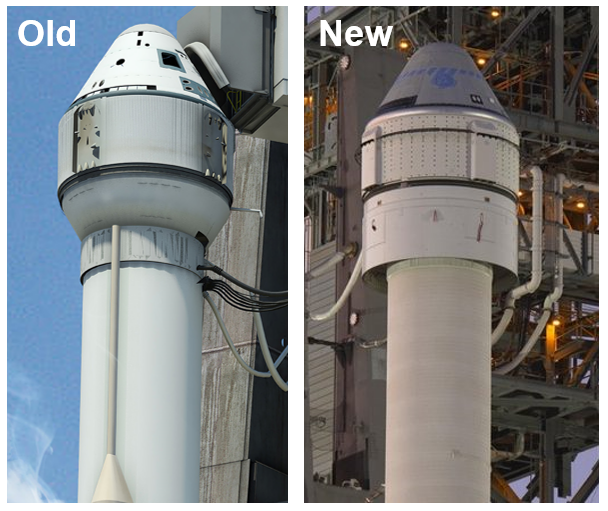
First, let's all get on the same page about what we are talking about. If it wasn't obvious from the first image, the questions revolve around a couple changes to the OML of the vehicle near Starliner: 1) an aerodynamic skirt; 2) a series of black "grids" 
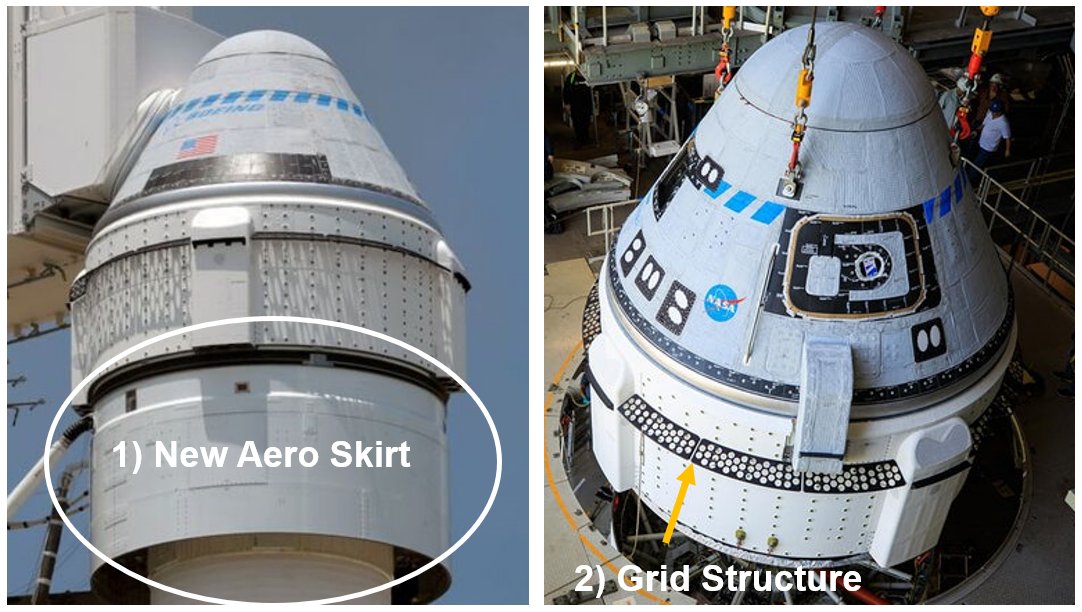
Regarding the need for the aero skirt, after some reading I'm pretty confident I can explain this
For the grid structure, it's a bit less clear but I will make some educated guesses
So let's start with the aero skirt...
For the grid structure, it's a bit less clear but I will make some educated guesses
So let's start with the aero skirt...
This story came out in Aug. 2016 (HT @Cosmic_Andrew1 for sharing) describing some modifications made to the Starliner configuration
There were some enlightening quotes from Chris Ferguson referring to "non-linear aerodynamic loads" behind the vehicle
spaceflightnow.com/2016/08/02/boe…
There were some enlightening quotes from Chris Ferguson referring to "non-linear aerodynamic loads" behind the vehicle
spaceflightnow.com/2016/08/02/boe…

My first thought was to try to dig up some wind tunnel data. Alas, it is unsurprisingly not published (at least not that I could find). It's highly likely we never see it.
But words like "non-linear loads" are often code for "shock waves"
NASA Technical Reports Server time...
But words like "non-linear loads" are often code for "shock waves"
NASA Technical Reports Server time...
I say this a lot but it is so true, predictable, and hilarious to me: everything we do in this field is already somewhere on DTIC and/or the NASA Technical Reports Server
So of course, there was a NASA report from *1962* studying this exact problem. Bingo
ntrs.nasa.gov/api/citations/…
So of course, there was a NASA report from *1962* studying this exact problem. Bingo
ntrs.nasa.gov/api/citations/…

The issue, which was more-or-less understood 60 years ago, is that if you use a "hammerhead" launch vehicle you can experience some very large unsteady loads due to shock waves at transonic speeds. The geometry makes a huge difference 

The key word here is "hammerhead" and if you type something like "hammerhead launch vehicle" into Google scholar you can read papers on this all day
The appeal of this configuration is you can mount a payload with a larger diameter than your rocket
scholar.google.com/scholar?hl=en&…
The appeal of this configuration is you can mount a payload with a larger diameter than your rocket
scholar.google.com/scholar?hl=en&…

This graphic illustrates the problem pretty well
At transonic speeds (M ~0.7-1.3) you get a shock structure that can form just downstream of your capsule. This shock interacts with the growing boundary layer/separated flow & oscillates rapidly. This produces large pressure loads
At transonic speeds (M ~0.7-1.3) you get a shock structure that can form just downstream of your capsule. This shock interacts with the growing boundary layer/separated flow & oscillates rapidly. This produces large pressure loads

NASA looked at how geometry impacts the pressure loading in a series of tests ~30 years ago
The take-away: if you have a low L/D for your hammerhead (it's too stubby) you can get some very elevated pressure loads right behind your capsule. Original Starliner had L/D ~ 0.4


The take-away: if you have a low L/D for your hammerhead (it's too stubby) you can get some very elevated pressure loads right behind your capsule. Original Starliner had L/D ~ 0.4



Does that L/D = 1.2 configuration look familiar? Also notice that most "hammerhead" vehicles have a longer fairing section? This is why.
Compare to the original Starliner mockups and revisit the old wind tunnel data, it's not surprising there were acoustic loading issues

Compare to the original Starliner mockups and revisit the old wind tunnel data, it's not surprising there were acoustic loading issues


I'm sure NASA/ULA/Boeing had plenty of super smart people that were familiar w these design considerations. They saw the issue w the pressure loading & I imagine knew right away that the aero skirt would be a quick fix. Not aesthetically pleasing to some but that's why it's there 

On to part 2, the "grid fin" looking feature
As I said, I'm not quite as confident on the reasoning but I have some guesses...
As I said, I'm not quite as confident on the reasoning but I have some guesses...

@torybruno answered this a while back but let's try to decipher the meaning
He mentions that the feature is there to manage the location of the shock attach point. That has me thinking...
He mentions that the feature is there to manage the location of the shock attach point. That has me thinking...
https://twitter.com/torybruno/status/1202575286031781891?s=20&t=jXoOrQn0KWeTyZzApwwaiA
One thing that happens with these oscillating shock waves on flat surfaces like this is that they have a way of moving around quite a bit and covering a lot of ground. That's not great. So it's possible this feature is there mainly to force the shock to stay in ~the same spot
This would also provide some symmetry to the shock structure, which would otherwise likely oscillate in different ways in the axial direction (as you go around the vehicle)
The feature could also in part be serving to trip the boundary layer from a laminar/transitional state to ensure it is fully turbulent. This would help manage flow separation (keep flow attached longer) and also make the shock interaction a bit more predictable
You also can see shocks that impinge further downstream (on the rocket body) and cause similar problems. The grid structure might be helping to manage how that feature behaves
web.archive.org/web/2018072410…
web.archive.org/web/2018072410…

If i'm off-base on any of this, @torybruno please jump in to correct me! A couple of WAGs mixed in here...
Last thing, I found some other cool images that I didn't end up using in the thread, but just wanted to share anyway
Sources:
web.archive.org/web/2018072410…
citeseerx.ist.psu.edu/viewdoc/downlo…
arc.aiaa.org/doi/pdf/10.251…



Sources:
web.archive.org/web/2018072410…
citeseerx.ist.psu.edu/viewdoc/downlo…
arc.aiaa.org/doi/pdf/10.251…



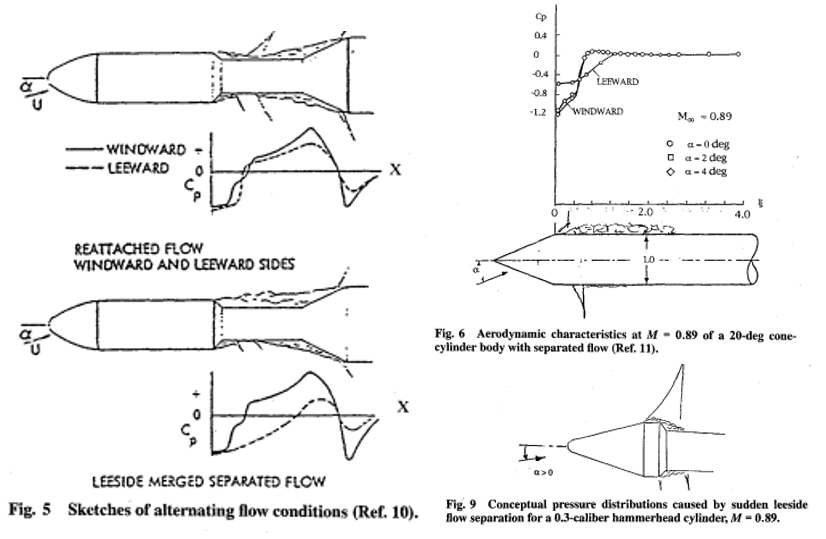
• • •
Missing some Tweet in this thread? You can try to
force a refresh









